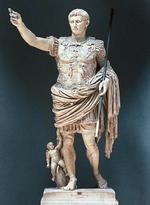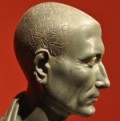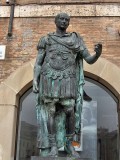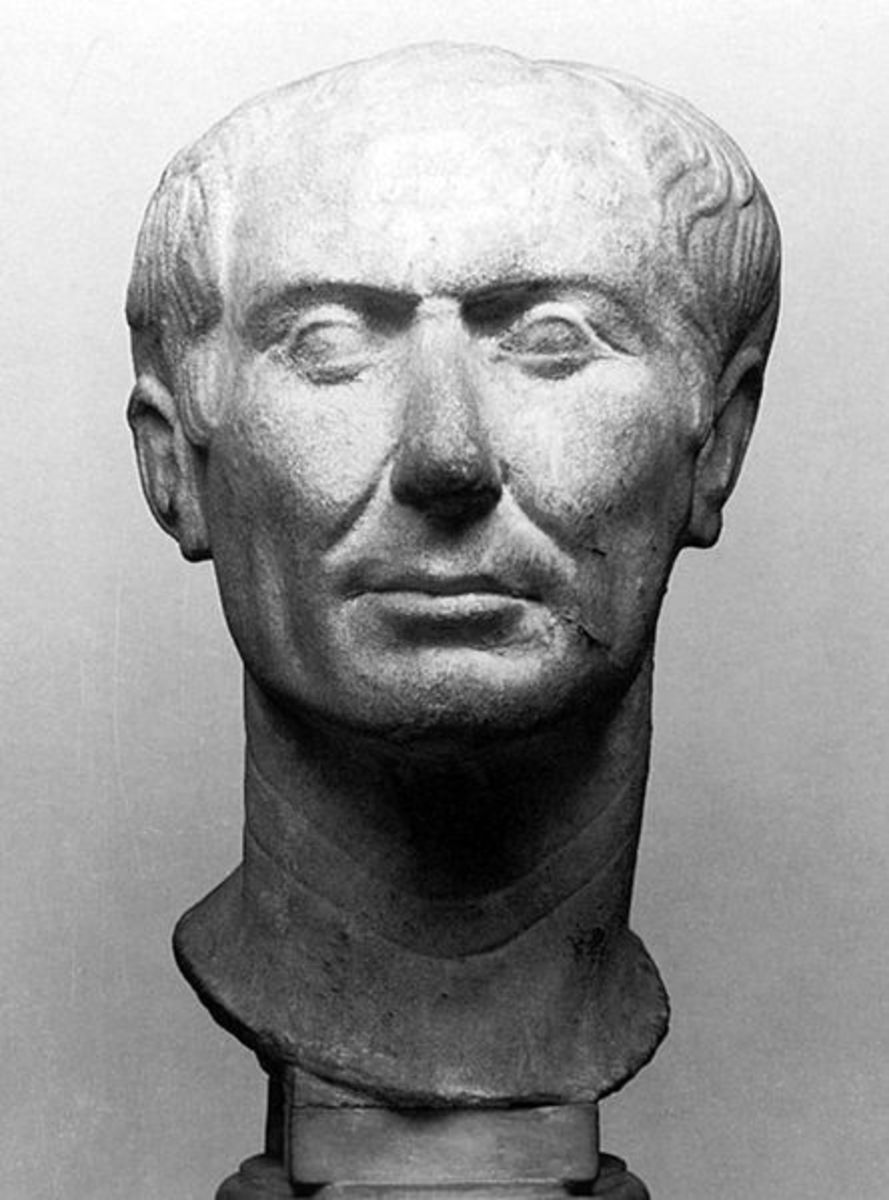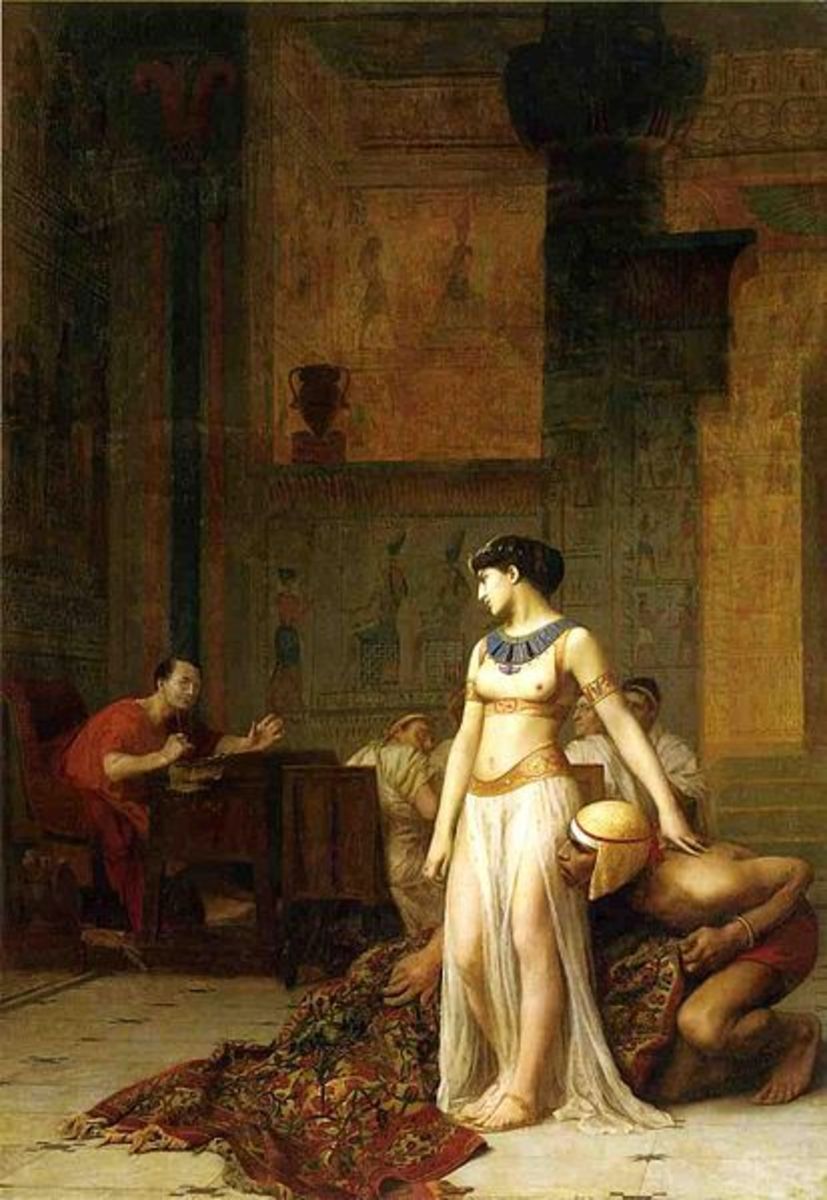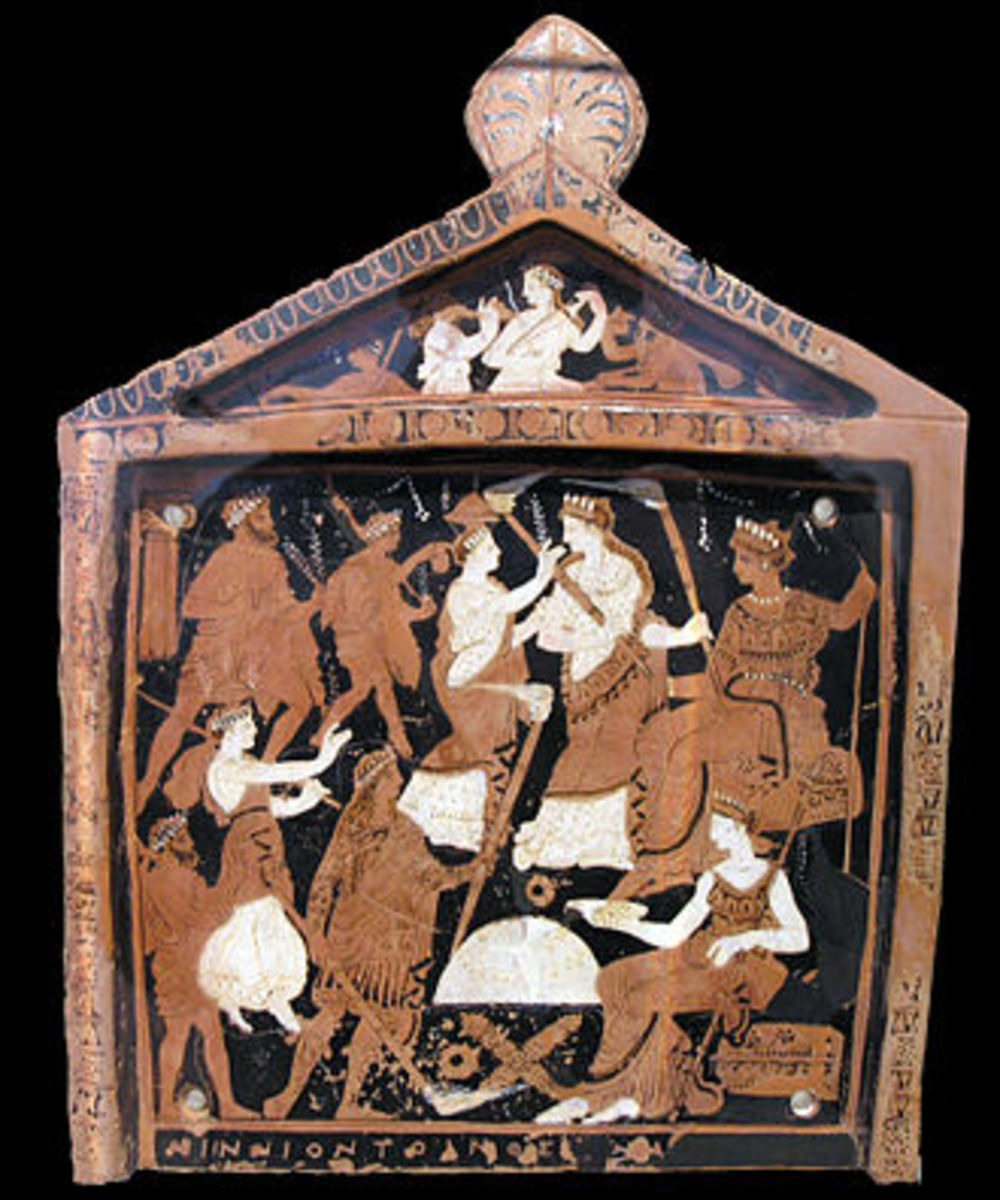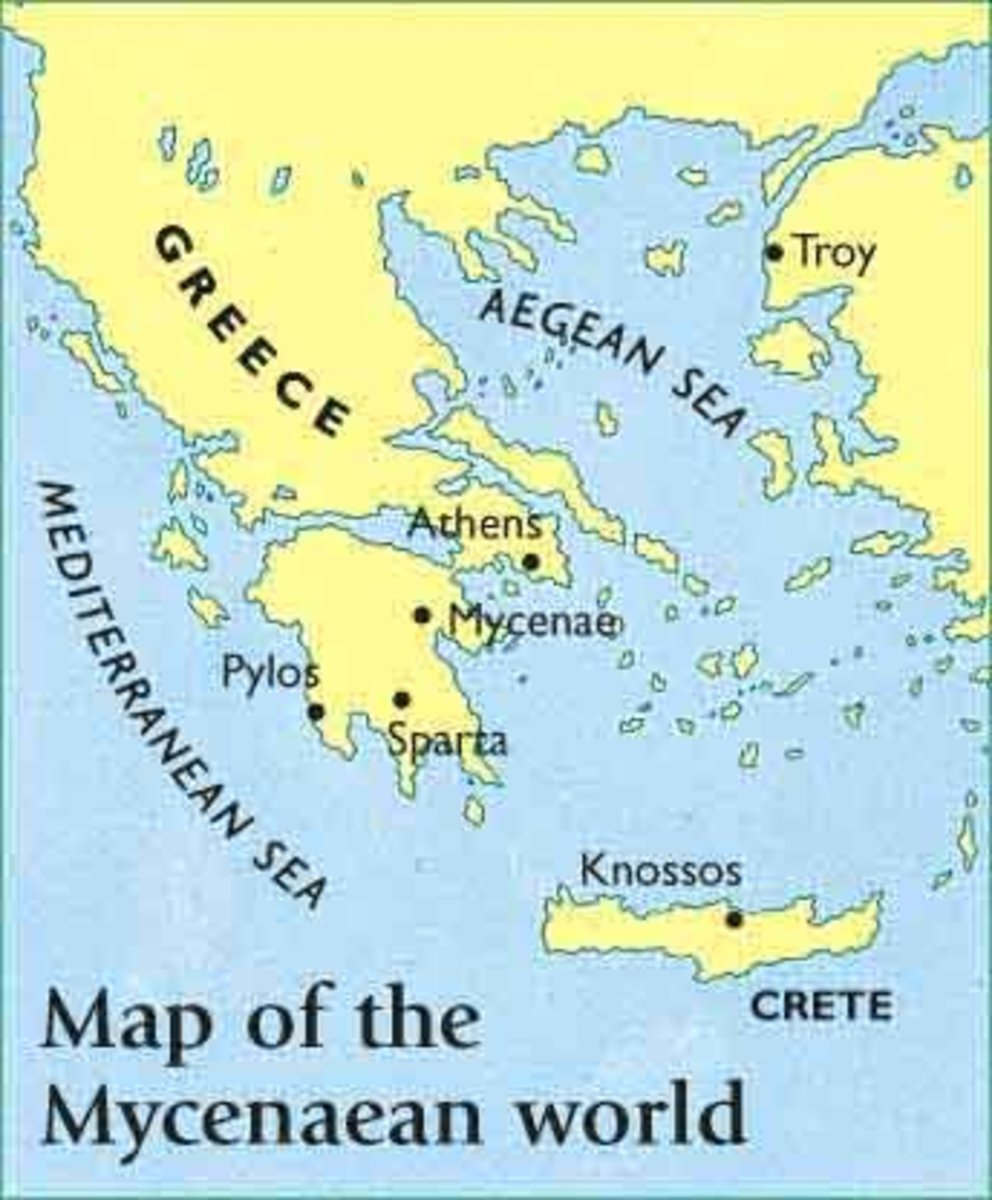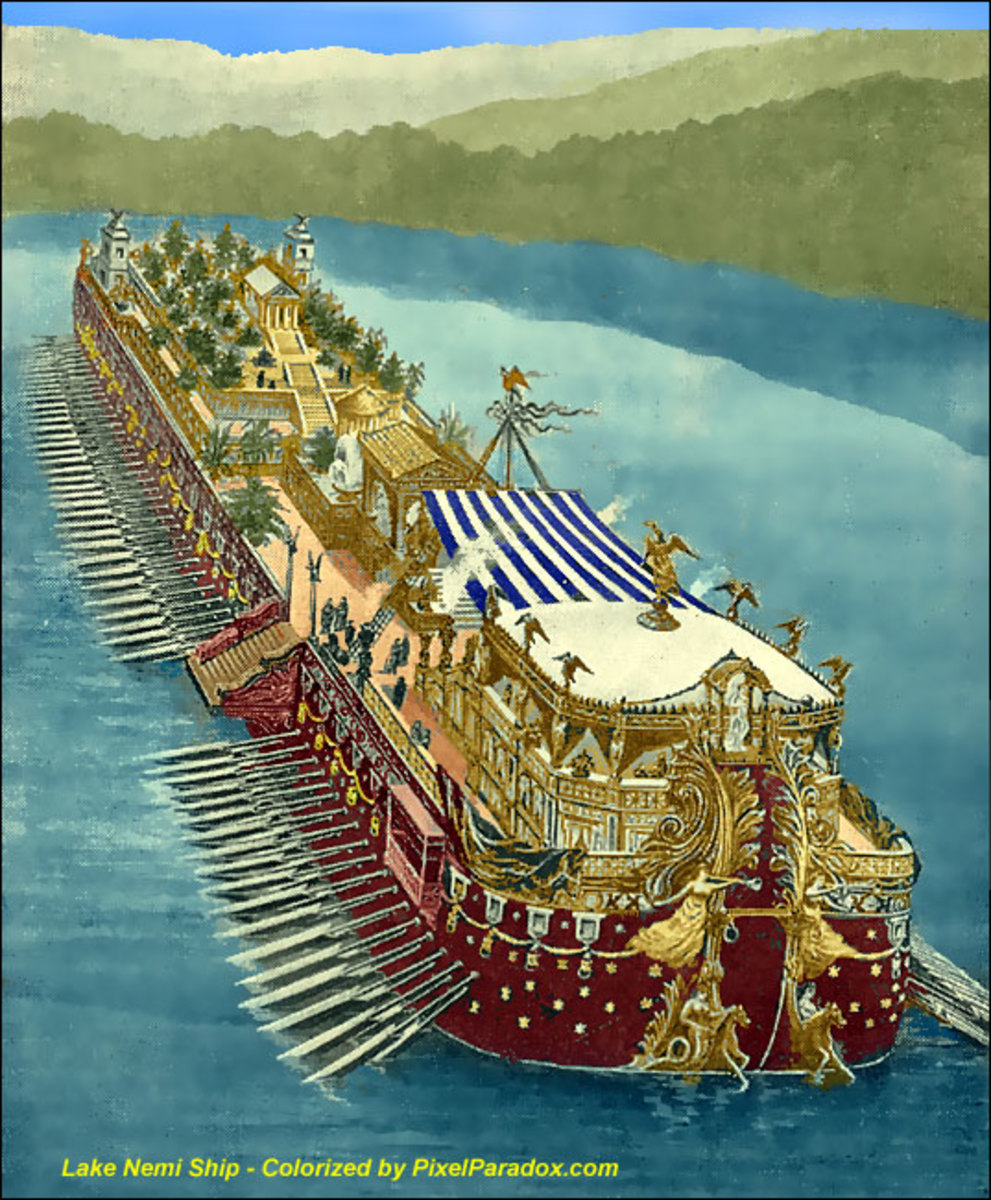- HubPages»
- Education and Science»
- History & Archaeology»
- Ancient History
Julius Caesar: Treachery and Murder
The Dictator's Seal
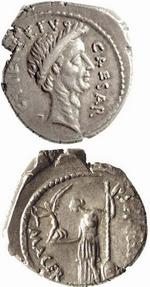
The Problem With Power
Julius Caesar was dictator of Rome and arguably the most powerful Roman in history. He controlled an empire that spread from northern France, southwards across the whole of the Mediterranean, and included parts of North Africa and the Middle East. No one man had ruled over such a vast amount of land since Alexander the Great. However, he ruled over a Senate steeped in centuries of sharing the power out amongst its members. If he was to remain the master of Rome, then it was in his best interests to make his time in charge tolerable.
Obviously Caesar was aware of these issues, but how could he appease the Senate and still hold onto his authority. It could well be possible that he elected to avoid the issue initially, by delving back into the world of legions and campaigns. In the spring of 44 BC, he launched an expeditionary force that headed eastwards to Persia to take on the Parthians, the very same people who had killed his friend Crassus years before; of course it could be argued that he simply wanted to avenge the death of his great friend. Caesar though did not command the legions himself; instead he elected the son of his niece, a young Gaius Octavian, the future Emperor Augustus.
However, a military victory in a far flung province wasn’t exactly the best way to deal with growing domestic issues. Caesar tried another approach, basically, if you want to be a King you have to act like a King; without actually referring to yourself as a King. Caesar decided he needed to seek inspiration from civilizations that did have a King, namely the Oriental states far to the east. Following their example, he began replicating their symbols to further rubber stamp his authority. He had a statue built and ordered it to be placed alongside the ancient Roman Kings. He permitted himself to don a purple robe, to ensure that he stood out from the rest, clad in pale white. He sat on a raised cushion in Pompey’s theatre, elevating himself above everybody else and whenever he attended Senatorial meetings, he would take prime position, seated upon a golden throne. He commissioned coins that acknowledged his new found status and even built a temple and appointed Mark Antony as the first priest.
Mark Antony
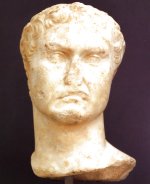
The Lupercalia Incident
Years before, Julius Caesar had been appointed ‘Pontifex Maximus’ or High Priest of Rome, therefore he still had the right to live in a house in the Roman Forum, known as the ‘Regia’ that had served as the Royal Palace of Rome, long before a Republic was ever conceived. He began behaving more like a King, by awarding people audiences, and remaining seated when receiving them. On the 15th February, he took the extraordinary step of attempting to have himself crowned by Mark Antony. The people who witnessed it were celebrating the feast of the Lupercalia, a raucous and lively festival where many young aristocrats would take to the streets naked. Mark Antony, was one of those taking part, he sprinted through the crowd towards Caesar who was sitting on his golden throne above the Rostra. Antony presented him with a Laurel wreath and attempted to crown him. The crowd despite their gaiety became acutely aware of the situation, and ceased applauding, only resuming when Caesar pushed it away. Twice more, he experimented, gauging the crowd’s response; both attempts were greeted with the same response. Acknowledging the failure of the experiment, Caesar ordered the crown to be taken to the Temple of Jupiter.
Getting Around the Law
Roman law was explicitly clear; the only way that a single man could rule was by the awarding of the title ‘Dictator’ usually reserved for emergencies, such as when Pompey was made dictator in order to quell the anarchy that had erupted in the wake of Clodius’ murder. Caesar of course was already dictator, after having received the title on his return from Spain a few years earlier. In 46 BC, he was awarded the title for ten years, which changed to life two years later. However, the meaning behind the title had changed drastically, largely as a result of Sulla’s tyrannical tenure in the hot-seat. Technically Caesar wasn’t breaking the constitution as a dictator, but the rumblings of discontent were growing ever louder from the Senate.
Fearful of another period of turmoil; Julius Caesar decided to bring back Consulate elections. But unsurprisingly he and faithful friend Mark Antony were elected every time. As you can imagine, this also failed to appease the Senate. They now felt less important than at any other time, resulting in ill feelings of anger and jealousy. Caesar responded by allowing several prominent Senators to exert power and enhance their careers without interfering. However, this new settlement wasn’t fully ratified until 27 BC, by Augustus. Who knows, if Caesar had exercised this option earlier, he may have never been murdered at all.
Symbol of Murder
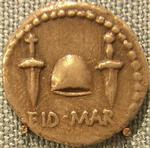
Face of Death
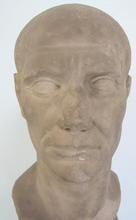
Personal Recommendations
Conspiracy, Prophecy and Murder
However, for some Roman Senators living under the whim of one man just wasn’t acceptable. In fact, more than sixty risked their lives to join a conspiracy originally conceived by Gaius Cassius, Decimus and Marcus Brutus. The initial plan was to split into two groups during the elections held on the Field of Mars. One group was to hurl him off the bridge, the other was to wait below and finish the job if the fall failed to kill him. However, a better opportunity presented itself, when a Senatorial meeting was called on the Ides of March in Pompey’s theatre. They all agreed that was the time to strike.
Julius Caesar could have easily avoided the murder, if he chosen to heed a series of signs that seemed to foretell his demise. The first came when settlers in the city of Capua were demolishing ancient tombs to build new houses. The workers stumbled upon a tomb thought to be Capys, the original founder of the city. On the front was a bronze tablet with the following inscription that stated that whoever uncovered the bones of Capys; then a descendant of his shall be slain by his own kin.
The next sign came shortly before his death, when his soothsayer, Spurinna warned him to beware of danger that would come no later than the Ides of March. It’s even said that he dreamt of flying above the clouds and clasping the hand of Jupiter the night before his death. Caesar didn’t completely ignore these strange signs, and was hesitant of conducting the Senatorial meeting, also his health was starting to deteriorate, which must have heightened his anxiety.
Nevertheless after a little gentle persuasion by Decimus Brutus he proceeded over to the Senate House. On the way there, somebody handed him a note, revealing not only the details of the plot, but also the identity of the conspirators. Caesar brashly chose to ignore the note and simply placed it with other notes he carried in his left hand. As he entered the house, he spied Spurinna and laughed at him, declaring him to be a false prophet; after all, the Ides of March had arrived, and yet the dictator had come to no harm. Unbowed Spurinna replied that indeed the day had come, but the warning remained.
As Caesar took his place on the throne, a crowd of Senators approached him, bowing respectfully. One such man was Tillius Cimber who had come to ask Caesar for clemency for his imprisoned brother. Caesar was just about to reassure the man that clemency was his usual policy, when Cimber inadvertently caught his toga. Aghast Caesar grumbled to Cimber about his excessive use of force and ordered a guard to take the man away. However, before the guard could reach him, another Senator Publius Servilius Cascus Longus stabbed Caesar just below the throat. As if suddenly awoken from a dream, Caesar realised that his life was in danger, he caught Casca’s armand stabbed it with his pen. But as he tried to rise to his feet he was stopped by another stab wound. He now beheld a scene where every single man wielded a dagger, there was no escape for him, so he buried his head inside his robe and covered the lower part of his body with his toga. The men stabbed him over twenty times, without hearing so much as a groan from the stricken dictator. The conspirators made off, satisfied that they had saved the Republic, leaving Caesar’s lifeless body for the common slaves to gather up a few hours later.
However, if the conspirators felt that the Republic they loved so much was saved, then they were dead wrong. The immediate years after Caesar’s death would mark the beginning of a vicious power struggle between Caesar’s former allies, who ended up turning on each other. Ultimately out of the ashes of the assassination, one man would rise, the man who Caesar had personally earmarked as his heir, the son of his niece, Gaius Octavian, or Gaius Julius Caesar Octavian- as was the name given to him after Caesar adopted him as his son. Octavian would seize power and become Rome’s first Emperor and be known as Augustus.
The First Emperor
